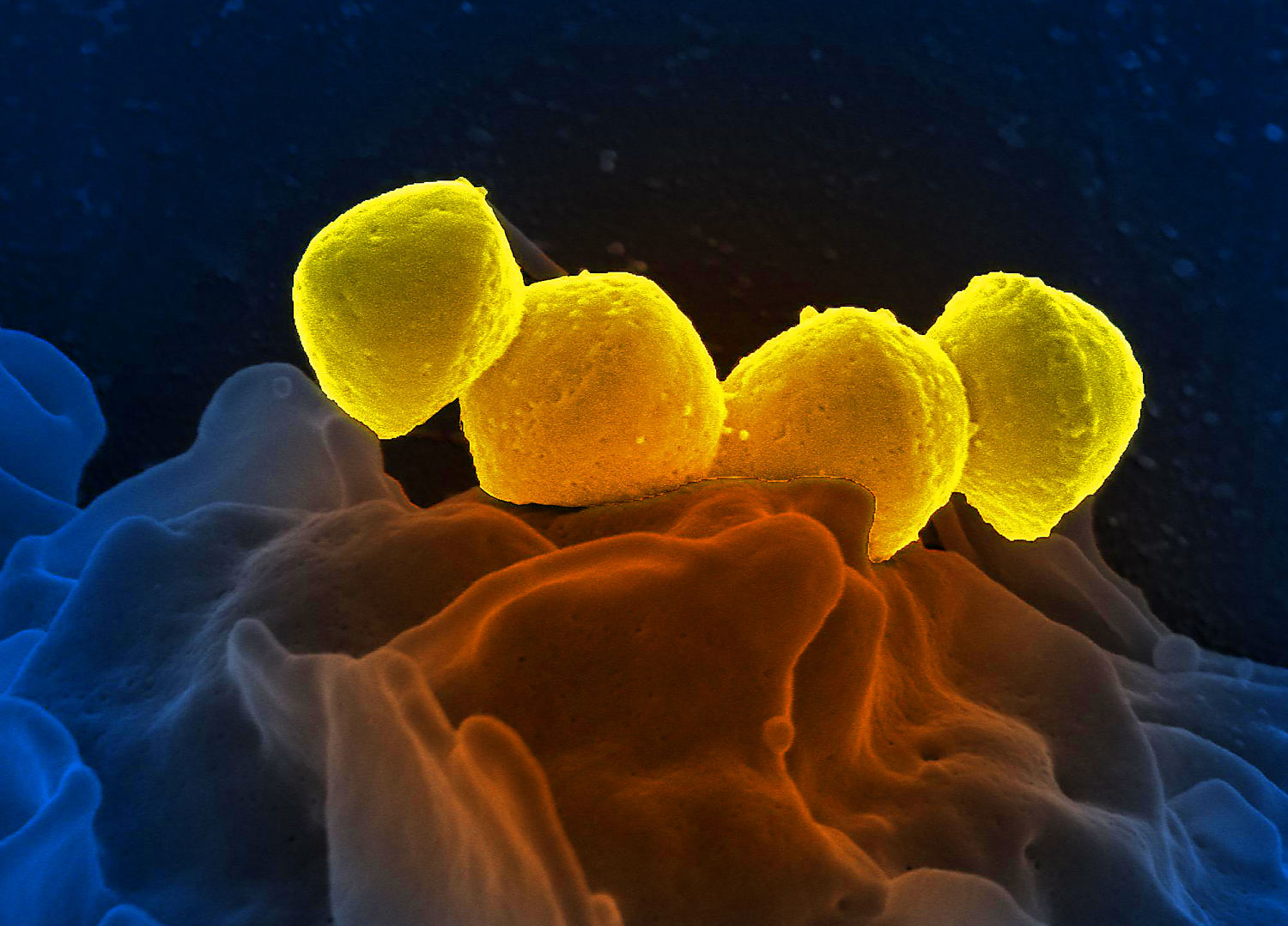A record-breaking rise in potentially fatal infections in Japan is bringing attention to persistent, unanswered questions about the group of bacteria behind the illnesses. The rare infection, streptococcal toxic shock syndrome (STSS), is caused by Group A strep bacteria, the same type that causes strep throat and scarlet fever. In rare cases, Group A strep can enter deep tissue or the bloodstream, as is the case with STSS.
Up to 30% of STSS infections are fatal: The condition usually starts with a fever, chills, muscle aches, nausea or vomiting but can become life-threatening in 24 to 48 hours if left untreated. It can occur in tandem with necrotizing fasciitis, another bacterial infection that is described as “flesh-eating” because it destroys the soft tissue under the skin. So far this year, Japan has recorded at least 1,019 cases of STSS, according to a report released earlier this week by the country’s National Institute of Infectious Diseases.

That’s its highest total ever, already larger than last year’s record tally of 941. The unprecedented numbers are renewing focus on the mysterious recent behavior of Group A strep bacteria, which has circulated at unusually high levels over the past few years in both the United States and Japan, resulting in a surge of life-threatening and sometimes fatal infections. Disease experts don’t fully understand why that’s happening yet.
In the U.S., the number of serious Group A strep infections — including STSS — reach.























